Bidens cernua
A wetland bur marigold with nodding mature flower heads
Bidens cernua nodding beggarticks
This plant is commonly known as the bur marigold. It is found in wet places like swamps, bogs and stream banks. Unlike Bidens laevis, it produces 6-8 ray florets (petals) that are very short compared to the central disk or no ray florets at all. When present, the ray florets are shorter than the outer leafy bracts. If the ray florets are relatively long it can be an attractive flower. The disk florets are dark yellow. The flower head may be up to 2 inches in diameter. In other respects it is a similar plant to Bidens laevis (Larger bur marigold), growing in wet or moist areas and having opposite, long, thin, toothed lance-shaped leaves. These leaves are 2-6 inches long. It also produces black seeds with 4 hooks that stick to clothing or fur.
The plant can grow 1/2-3 feet high and is found throughout much of North America except for Alabama, Florida, South Carolina and the far north. It is called the nodding bur marigold because the flower heads tend to droop as they mature. This can be confusing since the flowers of the related Bidens laevis may also nod. Some botanists indicate it may hybridize with Bidens laevis to produce an intermediate form. Where the ranges of the two species overlap, B. laevis seems to be the most common species.
Habitat & Range
Grows in swamps, wet shores, and ditches.
Present throughout the state.
| EMP: | OBL |
|---|---|
| NCNE: | OBL |
Phenology
Flowers July to October.
Plant Codes
S-rank: S5 (Secure)
G-rank: G5 (Secure)
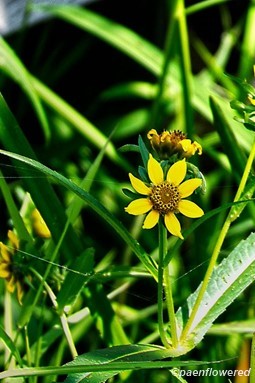
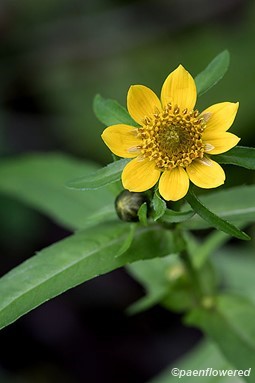
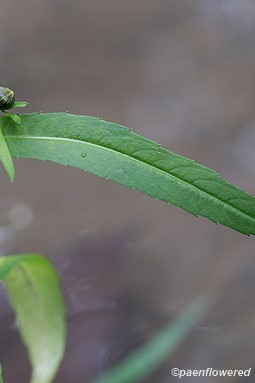
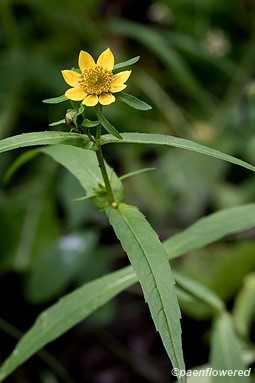
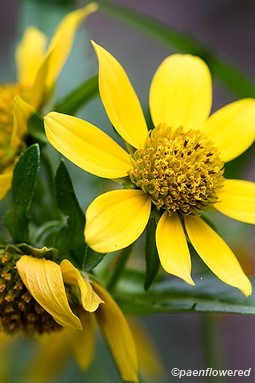
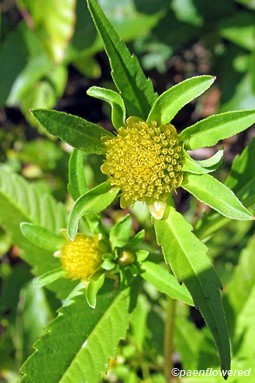
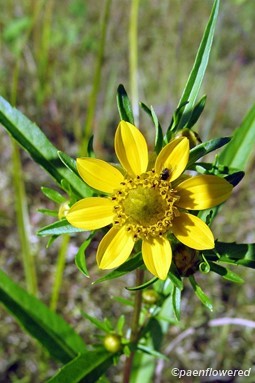
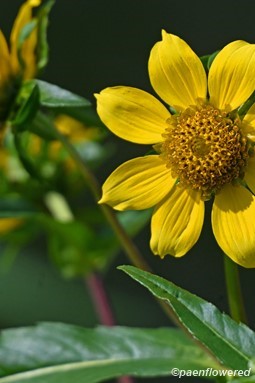
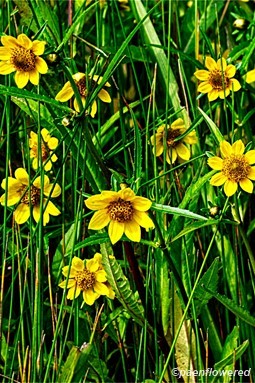
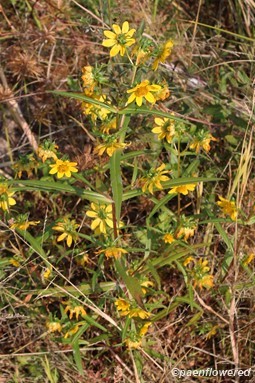






Comments
Have you spotted this plant in your area? We'd love to hear about your experience! Share your comments or questions about the plant below. Comments are moderated before posting.